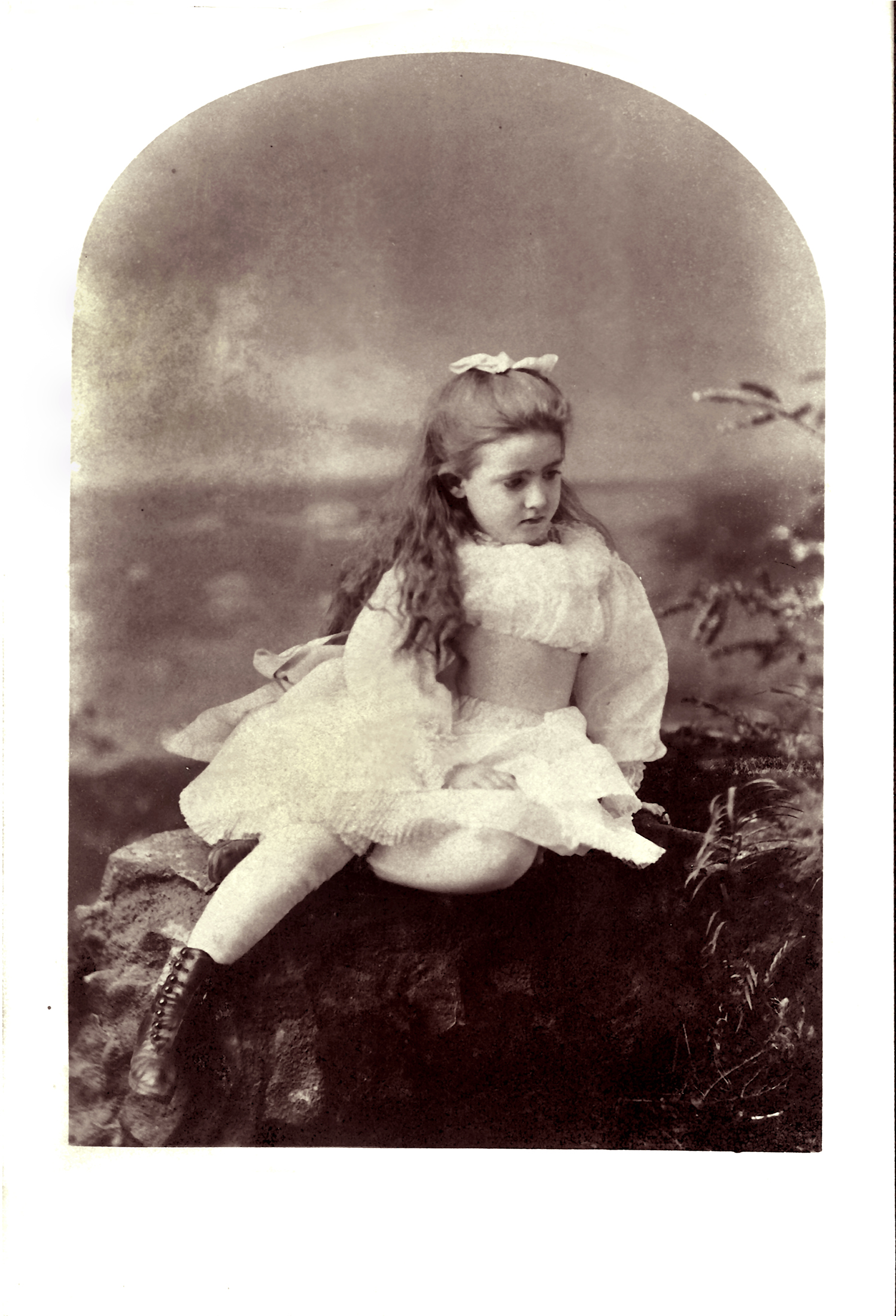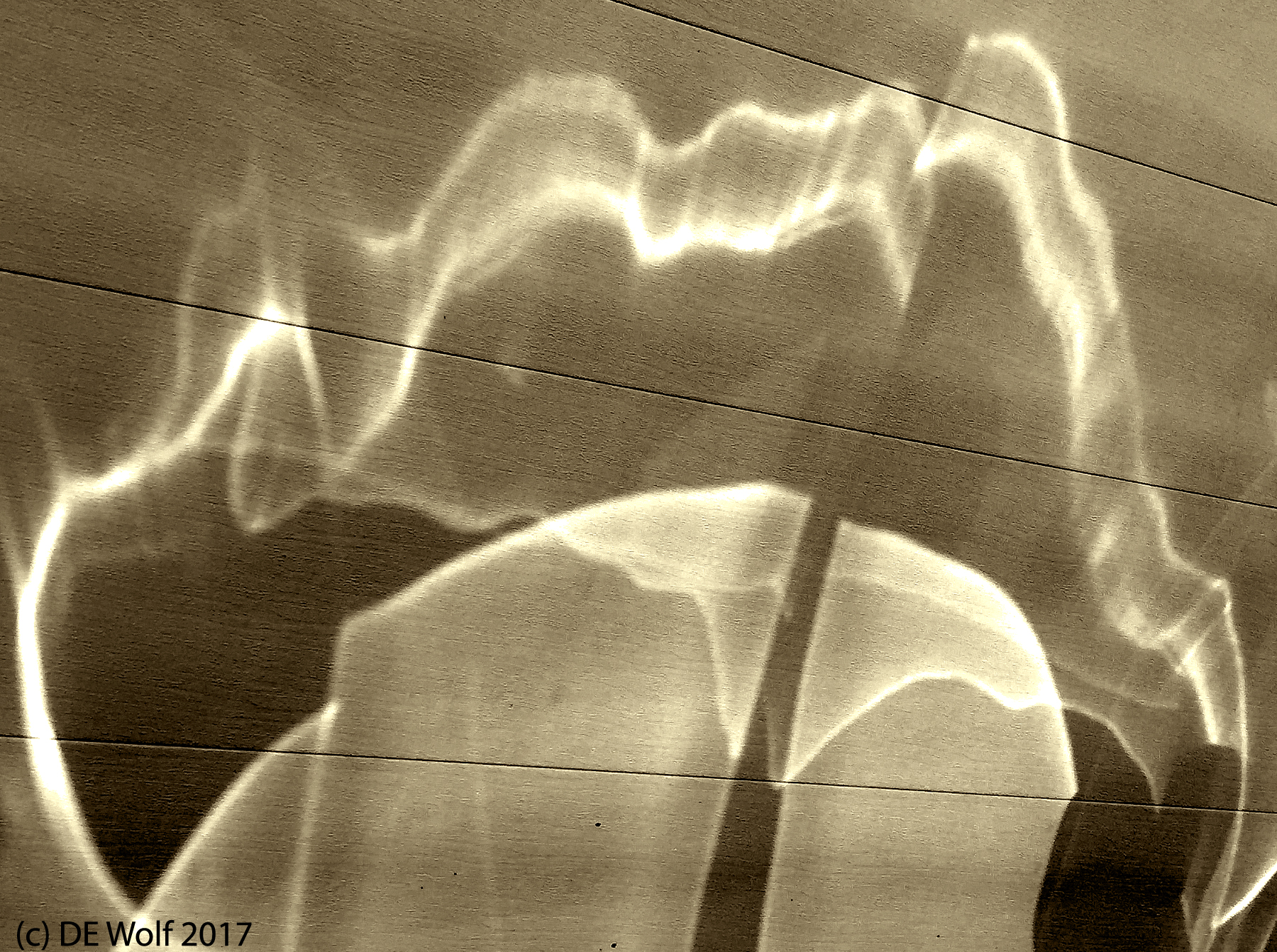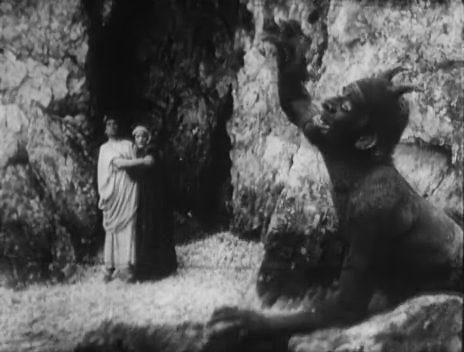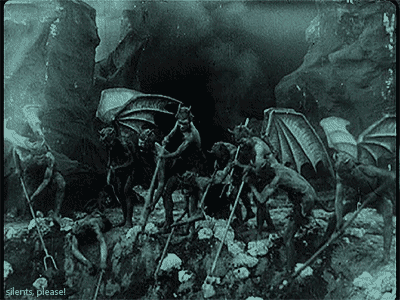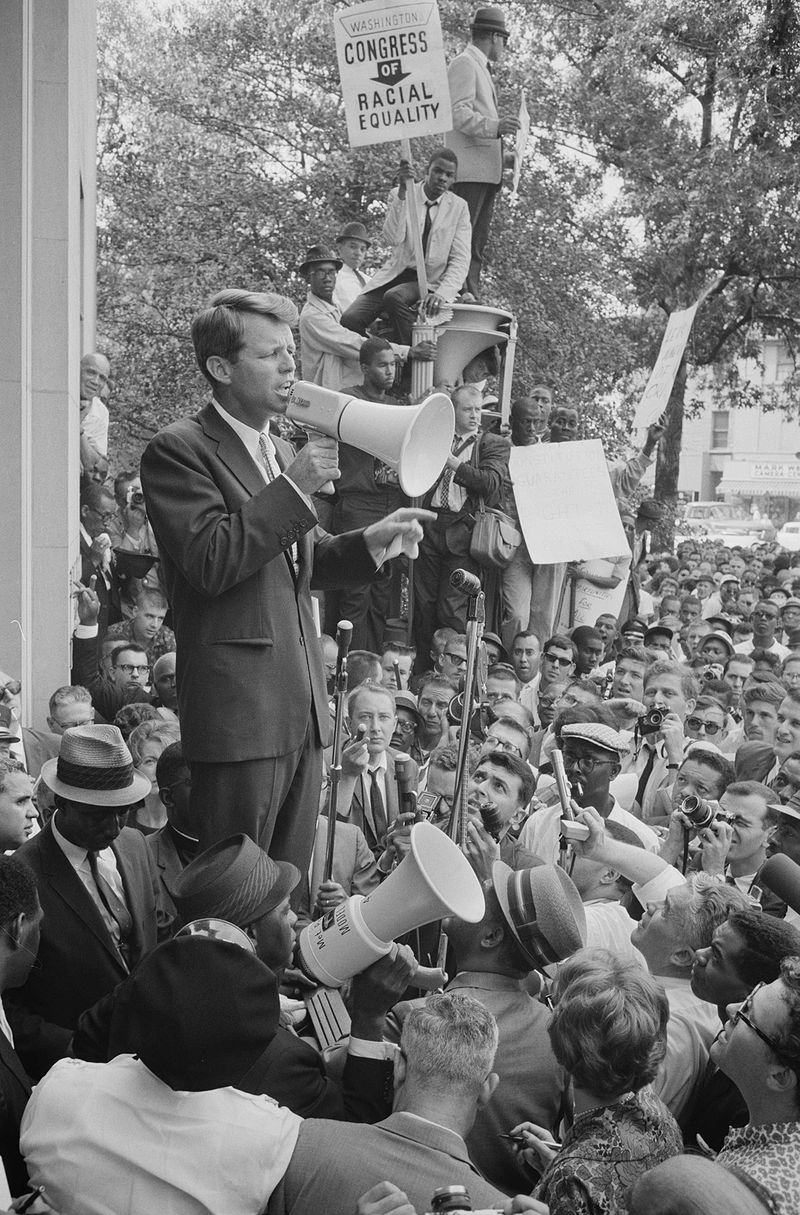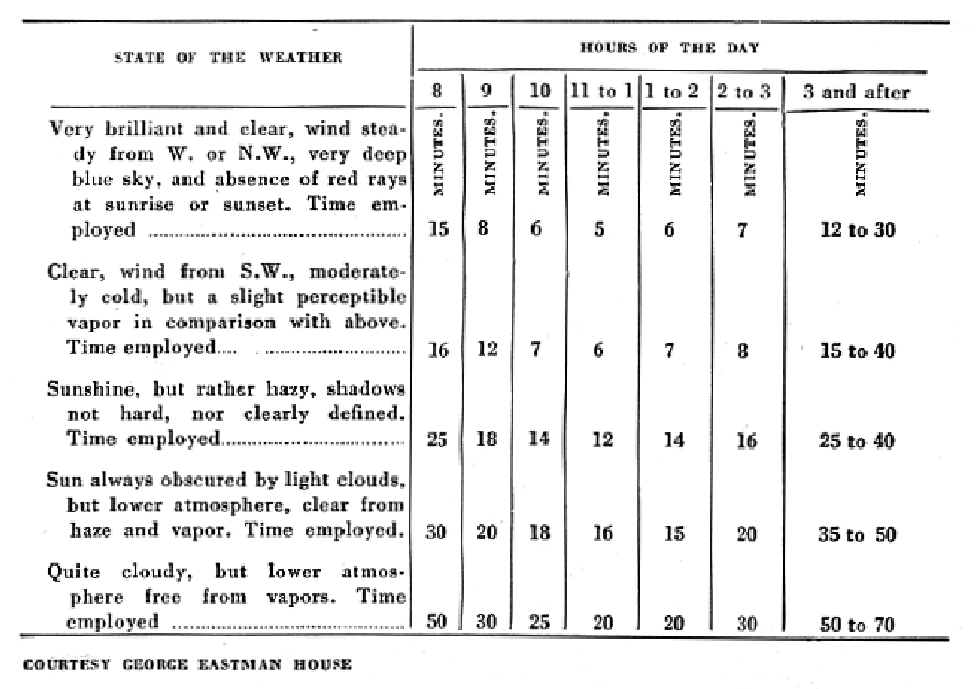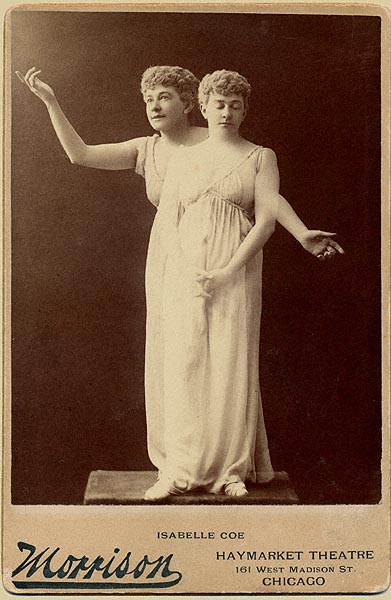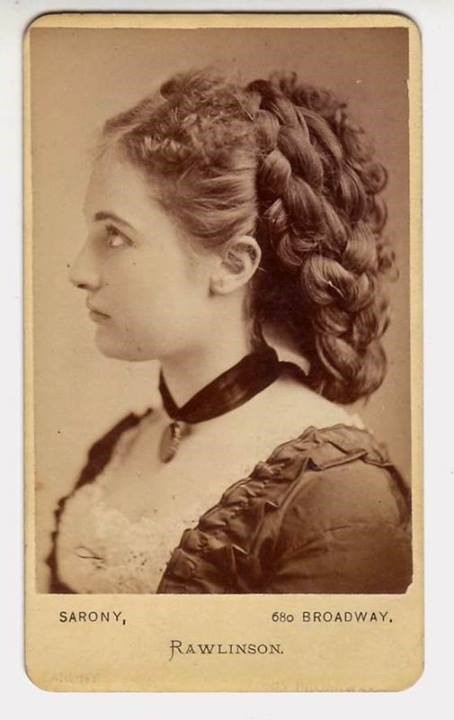
Figure 1 – Broadway Photograph by Napoleon Sarony c. 1870 of actress Grace Rawlinson. In the public domain in the United States because of its age.
There is a story that was going around the internet about four years ago that photographer, Napoleon Sarony, photographed the world’s first time traveler. The story goes that time travel was (is?) (will be?) invented in 2025. That’s one of the difficulties with time travel. It defies all natural conventions of verb conjugation. I will refer the interested reader to the so-called “Hopi Time Controversy.” Returning to the story, it is said that in 2025 a women named Alexandria Alexis traveled to 1898 in New York City. According to supposed contemporary accounts, that in 1898, she appeared as if out of nowhere and took New York society by storm. Her claim to being from the future was variously received. Some thought her insane; others were skeptical. All was a moot point since on New Year’s Eve 1899 she disappeared without a trace.
Figure 1 is meant to be a portrait of her taken by of all portraitists Napoleon Sarony. And it is there, for readers of yesterday’s blog, that it all unravels. We see the address and immediately realize that Sarony had long since left the premises of 680 Broadway by 1898. In fact, he had died two years earlier. Although that is not an insurmountable obstacle when it comes to time travel. The portrait was taken between 1866 and 1871. It is one of Sarony’s celebrity “Broadway” photographs and is, in fact, as the caption indicates, of English actress Grace Rawlinson.
I have done some research on Miss Rawlinson, and there is in fact precious little to be found. I do suspect that with some due diligence there is much more out there. But the paucity of information makes you wonder. It certainly explains the fleeting nature of celebrity and the need to keep yourself, then and now, constantly in the “lime light.” Otherwise people soon forget you.
So we are left with only the usual time travel afforded by old photographs. Miss (if she was from the Victorian era) or Ms. (if she is from 2025) Rawlinson’s beauty has outlived her – a gift of immortality given her by Mr. Sarony.
The debunking of this story is a bit disappointing. But it is a fallacy of time travel that it conveys immortality. To become like Billy Pilgrim “unstuck in time” is really only to travel back and forth revisiting moments of your own life. There is perhaps a satisfaction in seeing the past and knowing the future. But once you know everything, there is nothing new to be done. The “normal” person experiences and moves irrevocably forward through life’s adventure. The time traveler has seen it all before, even his own death, and treats it all with a yawn.

